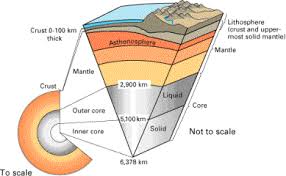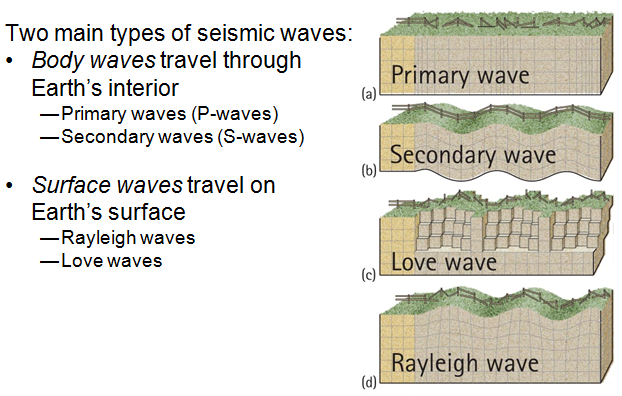Introduction to earthquakes
The first activity allowed our students to view the direct effects of devastating and famous earthquakes. They watched video about earthquakes in Italy over the last 150 years
Students were explained that the 150 years is a very short time in geological history, but it is the period of human occupation for which we have fairly reliable data. Students were asked to do researchs on earthquakes in the World, in Italy and in our region.
Recording Earthquakes
To verify that earthquakes follow the natural plate boundaries and that these boundaries help us predict where earthquakes are most likely to occur students were asked to record the earthquakes data > 2.0 magnitude each day for two weeks (1/11/2015 to 14/11/2015).
Students in pair groups recorded data in different areas, then used a database to track all global earthquakes that happen daily and plotted these quakes on a dynamic world map (See here)
Students then compared their earthquake activity map to that of the plate boundaries. This particular map of the plate boundaries enabled students to see the different types of plate boundaries
Plate Motions
The earth is covered by tectonic plates. The areas where these plates meet are called plate boundaries. There are four types of plate boundaries.
-
Divergent boundaries are where new crust is generated as the plates pull away from each other.
-
Convergent boundaries are where crust is destroyed as one plate dives under another.
-
Transform boundaries are where crust is neither produced nor destroyed as the plates slide horizontally past each other.
-
Plate boundary zones are broad belts in which boundaries are not well defined and the effects of plate interaction are unclear.
Students compared their earthquake activity map to that of the plate boundaries
Conservative margins
Orogenesis
Subduction
You can go to Understanding plate motions to learn more.
Induced earthquakes see this page
Physics, Earth and rheology
The interior structure of the Earth is layered in spherical shells, which can be defined by their chemical and their rheological properties
But what is the rheology?
Students think that matter can exist in three different states, solid, liquid, and gas, but how can hair gels, creams, toothpastes , ketchup be classified? Found out it here
The most common way of defining the layers of the Earth is based on chemical composition of the elements and molecules present in each part of the Earth's interior, but geologists attending the plate tectonics prefer a rheological classification.
.
You can find some activities related to the mantle properties and the geophysics here
Earthquahes and waves
Earthquake shaking and damage is the result of three basic types of elastic waves.

Sensitive detectors, seismographs, can record theses waves.
You can find more information and some activities here.